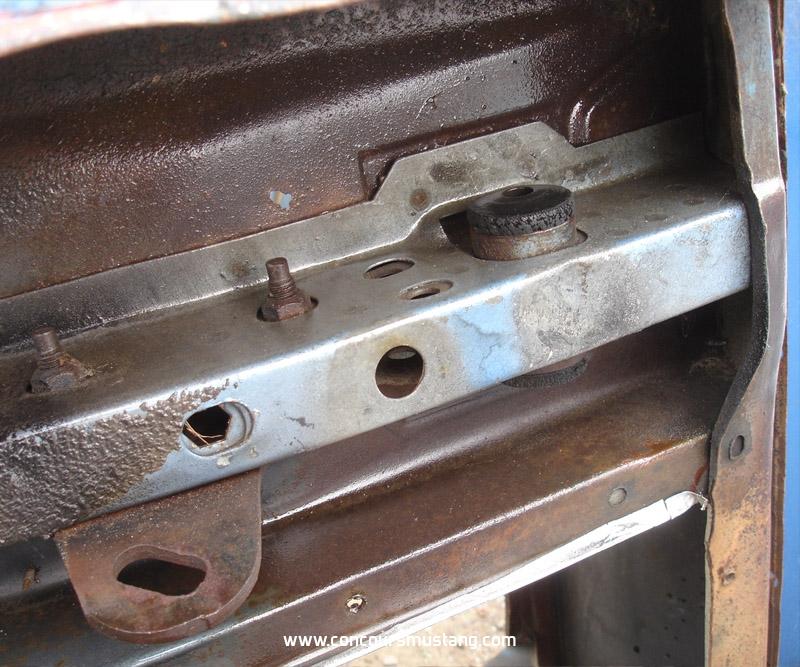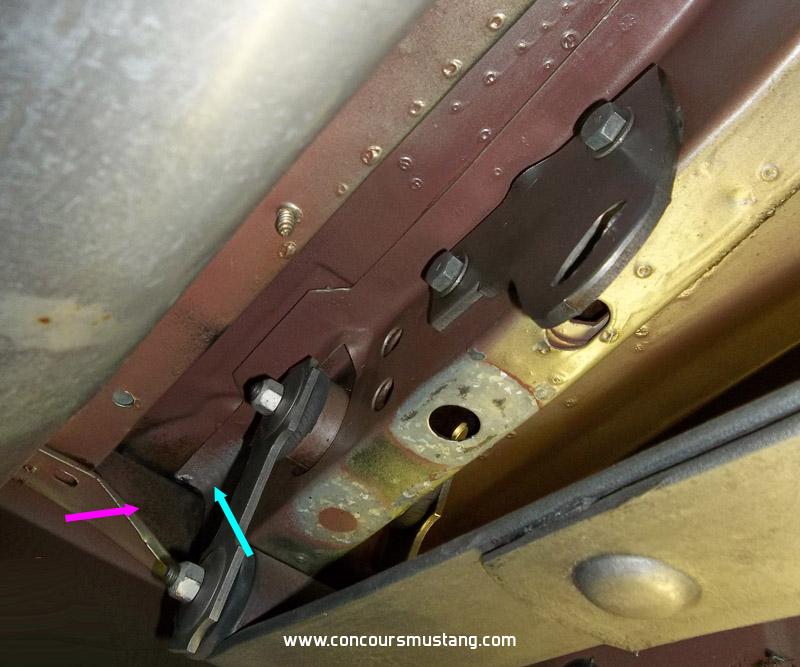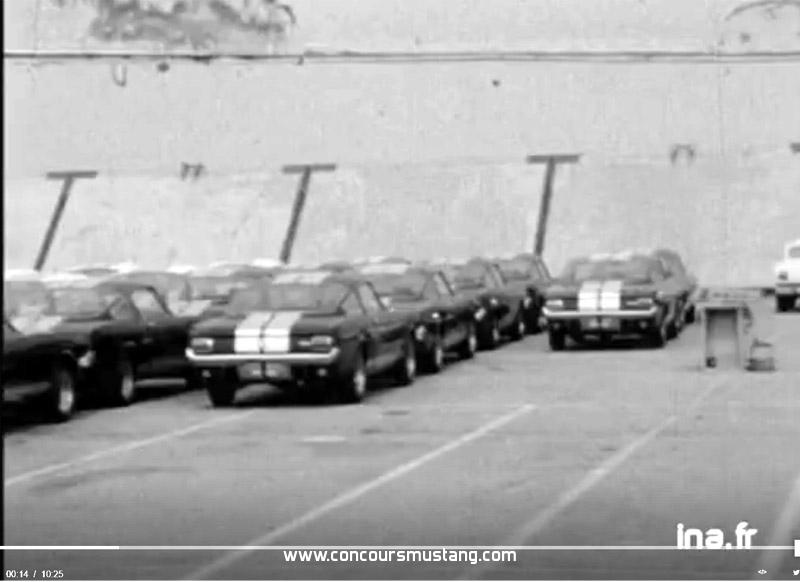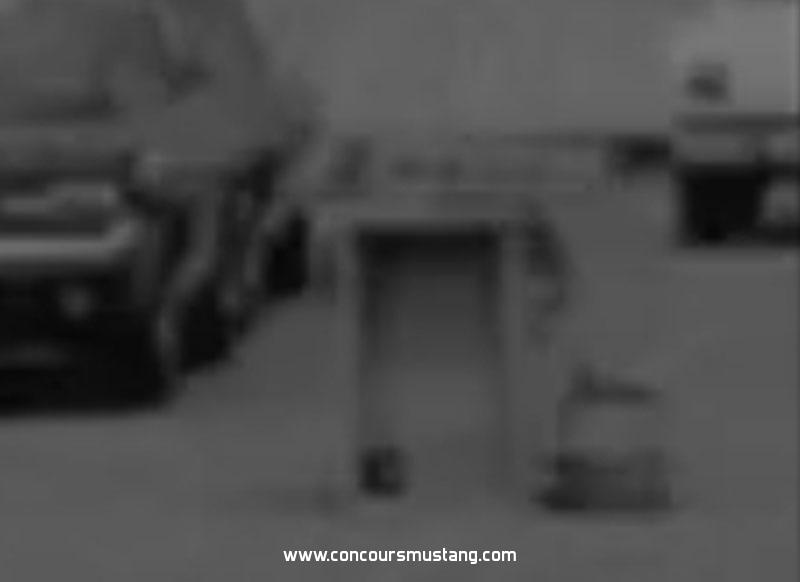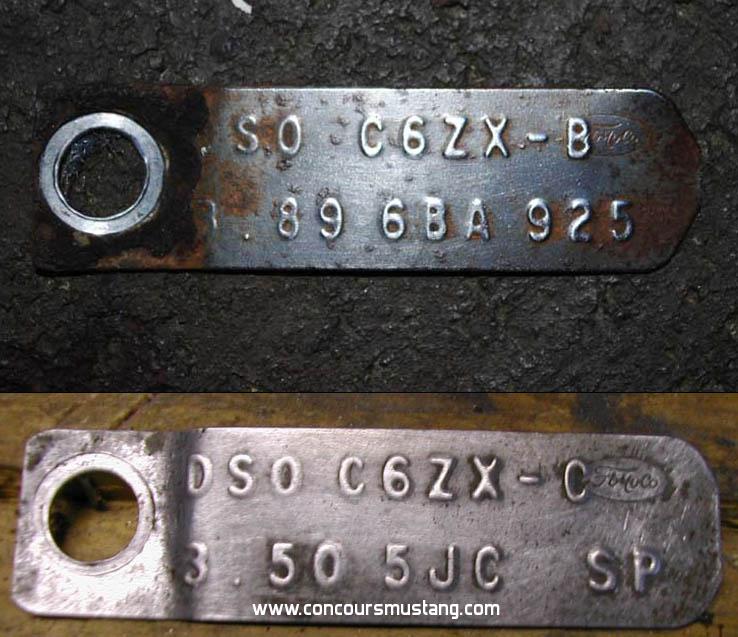A question had come up and some of us are discussing a small detail related to 66 Hertz cars equipped with the Mico master cylinders.
Would like to conduct this one in a private way as to not taint the data pool but we will share the results.
So if you have had or have a car as described above I invite you to PM or email me for what we're looking for.
Basic stuff we will be collecting to log the data will be the car's Shelby VIN if it is Restored - Unrestored - or Somewhere in the middle
Then a couple of questions we hope you can provide information about.
Thank you all for reading and especially those that participate. You make worth it
Would like to conduct this one in a private way as to not taint the data pool but we will share the results.
So if you have had or have a car as described above I invite you to PM or email me for what we're looking for.
Basic stuff we will be collecting to log the data will be the car's Shelby VIN if it is Restored - Unrestored - or Somewhere in the middle

Then a couple of questions we hope you can provide information about.
Thank you all for reading and especially those that participate. You make worth it


